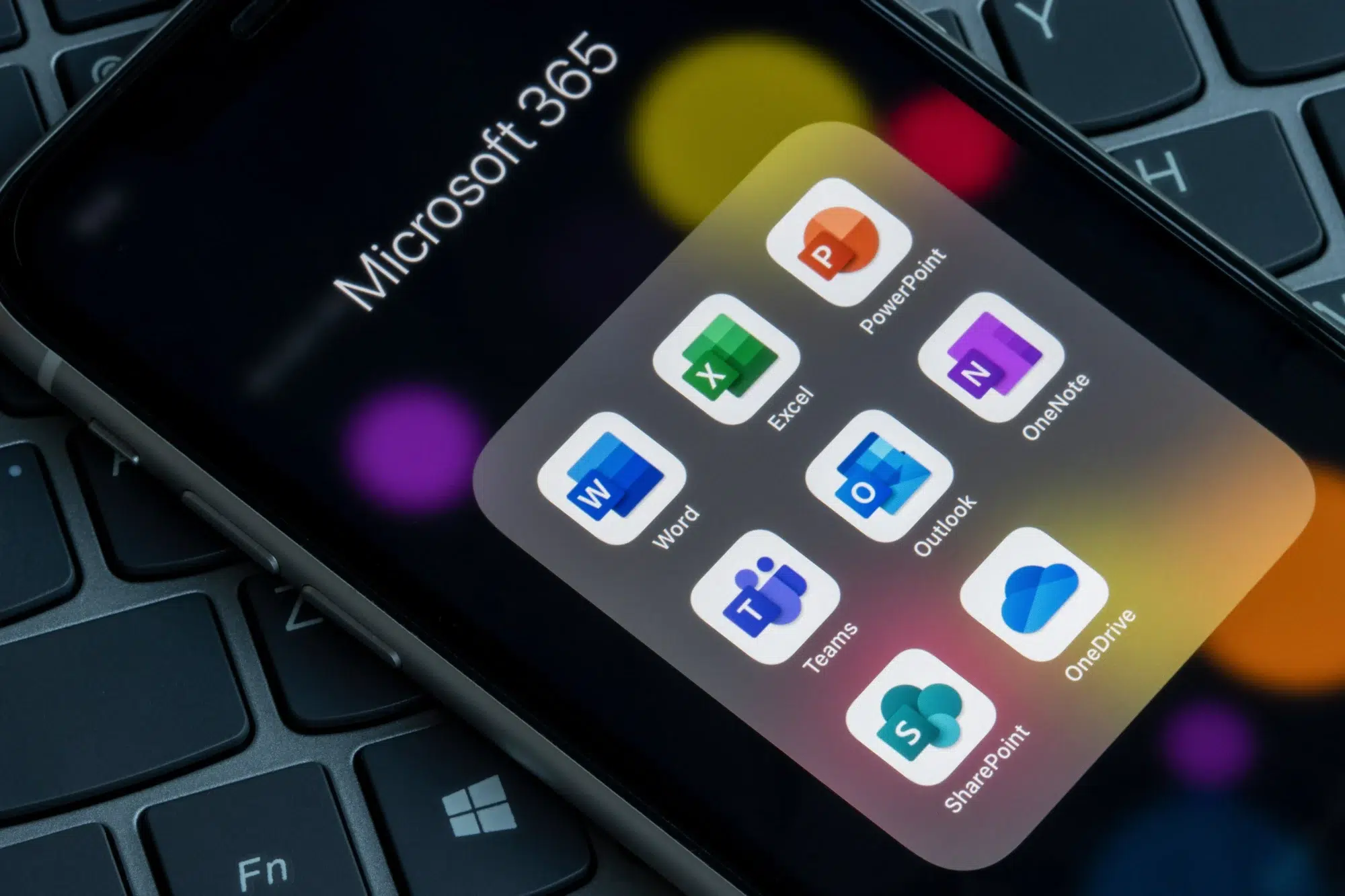Microsoft’s recent decision to unbundle Teams and Office apps worldwide has sent ripples through the business community. This move, initially implemented in the European Union and Switzerland, marks a significant shift in how organizations will procure and utilize these essential tools for collaboration and productivity.
The Impact on Organizations
For years, Microsoft’s Office suite has been the go-to solution for businesses worldwide, offering a comprehensive suite of applications including Word, Excel, and PowerPoint, alongside communication tools like Teams. However, with the separation of Teams from the Office suite, organizations are now faced with a crucial decision: how will this split impact their operations and bottom line?
This separation not only introduces a new layer of complexity to SaaS procurement but also raises questions about managing software licenses, integrations, and overall workflow efficiency. For many businesses, accustomed to the seamless integration of Teams with other Office apps, this change may require a significant adjustment in how they manage and structure their digital workspace.
Understanding SaaS License Management
In the midst of these changes, one concept becomes increasingly relevant: Software as a Service (SaaS) License Management. But what exactly does this entail? Simply put, SaaS License Management refers to the process of efficiently managing software licenses within an organization’s digital ecosystem.
This involves software license tracking, SaaS monitoring, and analyzing software usage to ensure compliance with licensing agreements while maximizing the value of investments in software subscriptions. With the proliferation of SaaS solutions across various domains, effective software license management has become a crucial aspect of IT governance and cost optimization.
Navigating Change with SaaS License Management
So, how can organizations navigate the transition caused by the split between Teams and Office apps? The answer lies in adopting a robust enterprise software license management solution that offers comprehensive tools to manage software licenses effectively.
These solutions provide organizations with the ability to:
- Track and Monitor Usage: Software license audits offer insights into how software licenses are utilized across the organization, enabling better decision-making regarding subscription renewals and allocations.
- Ensure Compliance: Stay compliant with licensing agreements and regulations, minimizing the risk of audits and penalties associated with non-compliance.
- Optimize Costs: Identify underutilized licenses and opportunities for SaaS cost optimization, ensuring that organizations get the most value out of their software investments.
- Streamline Procurement: Simplify the SaaS procurement process by centralizing software license management and automating tasks such as license provisioning and allocation.
By leveraging a SaaS license management solution, organizations can adapt to the changing landscape of digital collaboration with confidence, ensuring that they remain agile, compliant, and cost-effective in their software utilization.
While the split between Teams and Office apps may present challenges for organizations, it also offers an opportunity to reevaluate and optimize SaaS procurement and management practices. By embracing a SaaS license management solution, businesses can navigate this transition effectively, maximizing the value of their software investments while maintaining compliance and efficiency in their digital workflows.



